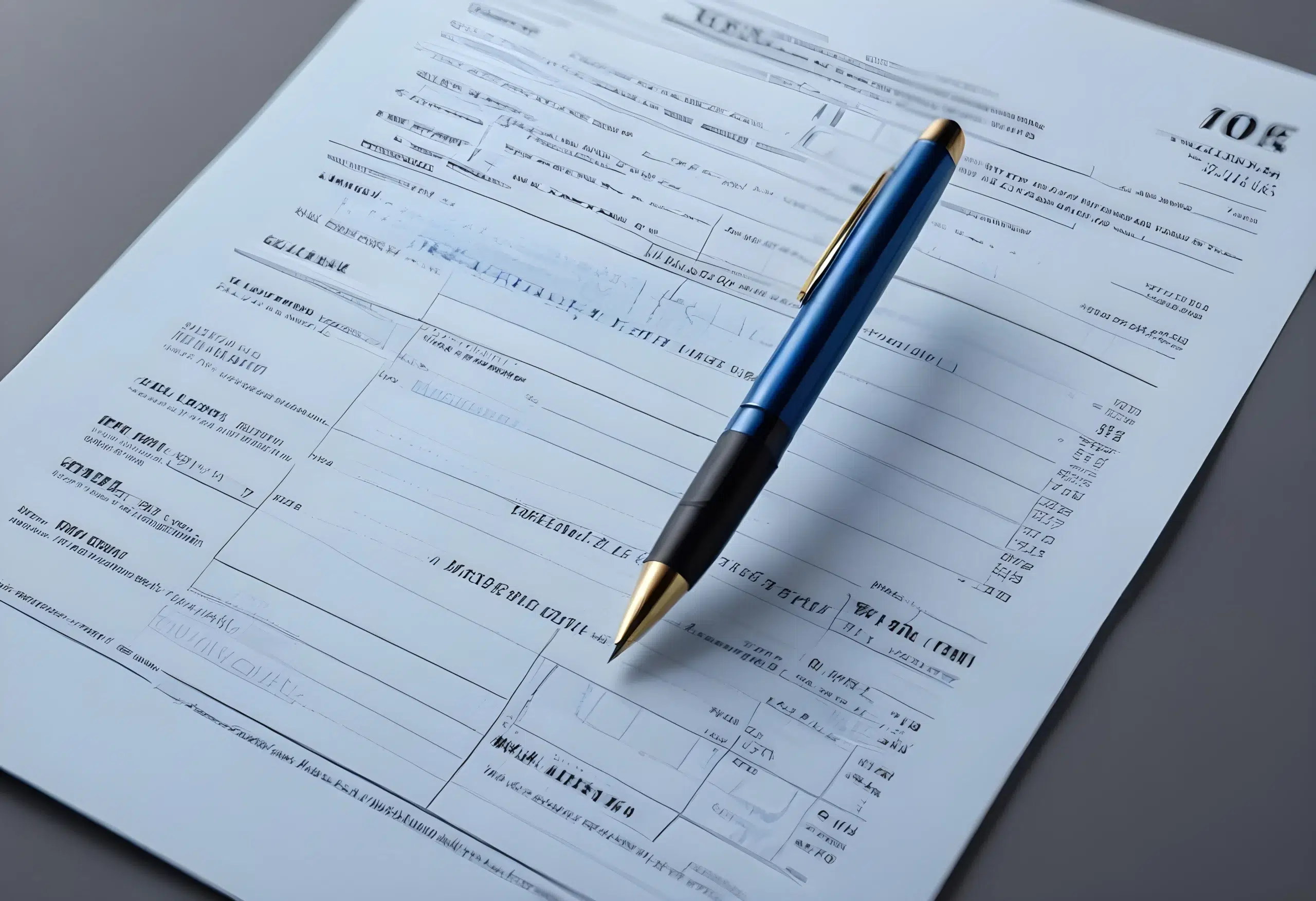What Are Dividends, and How Do They Work?
![]() Ujjwal Maheshwari, April 19, 2024
Ujjwal Maheshwari, April 19, 2024
Dividends, which represent a portion of a company’s earnings given to shareholders, can tell you a lot about the profitability and operational efficiency of the business. These payouts can be issued as more shares (stock dividends) or as a cash payment, providing a clear indication of the company’s stability and prospects for growth. Companies pay dividends often are seen as more reliable and offer investors a steady stream of income.
Fundamentals of Dividends
Dividends are essentially the part of profits that a business elects to distribute to its owners, rewarding their investment and trust in the company’s success. This dividend payout ratio—the percentage of earnings allocated for dividends—signals a company’s financial health and the board’s optimism about ongoing profitability and cash flow. For instance, Australian giants like Telstra and Commonwealth Bank are notable for paying dividends consistently.
Types of Dividends
The primary forms of dividends include stock dividends and cash dividends. Cash dividends offer a direct income stream to shareholders, paid out based on the number of shares owned. Conversely, stock dividends allow shareholders to increase their ownership in the company without an immediate cash payment, which can be particularly attractive to expanding businesses focused on further growth.
The Dividend Process
When a company announces dividends, it’s a decision made by the board after thorough consideration of the company’s financial status, operational needs, and strategic goals. The process involves evaluating net assets, the capacity to meet financial obligations post-distribution, and determining an equitable dividend payout ratio. This careful approach ensures the company can sustain growth while rewarding its shareholders.
Dividend investing has become a popular choice among many investors who value the regular dividends provided by dividend-paying companies. With investment strategies that include options like dividend reinvestment plan (DRPs), shareholders can reinvest their dividends into additional shares, potentially compounding their investment over time.
Annual dividends, which are often paid quarterly, contribute to personal income and are subject to personal income tax. However, dividends taxed at favorable rates—qualified dividends—can offer tax advantages. Through a brokerage account, investors can buy dividend stocks from publicly traded companies and track the company’s dividend yield and share price to make informed decisions about their portfolio.
Mutual funds and dividend funds also serve as avenues for dividend investing, allowing for diversification and management by experienced investment management professionals. These funds collect capital gains and dividends paid by their holdings, distributing these dividends to eligible shareholders based on their investment in the fund.
Legal and Financial Considerations
An organization faces a challenging set of financial and legal requirements before it declares dividends. These include making sure the business has enough assets to pay its dividends, keeping up its creditor payments, and distributing profits fairly. These measures are essential for upholding the interests of shareholders and preserving company integrity.
These regulations are set down in Australia’s Corporations Act, which guarantees that businesses maintain their dividend programmers’ equity and solvency. Because of this legislative structure, investors are able to have faith in the Australian stock market knowing that dividends are distributed sustainably and responsibly.
Dividend Payment Mechanism
Four key dates are important to the dividend payment procedure, which guarantees fairness and clarity in the distribution of dividends to shareholders. These times are as follows:
- Declaration Date: This is when the company’s board of directors announces the intention to pay a dividend, including the amount and type of dividend (cash or stock), and the schedule for the subsequent dates.
- Ex-Dividend Date: Following the declaration, the ex-dividend date is set, marking the cutoff for eligibility to receive the declared dividend. Investors who purchase shares on or after this date are not entitled to this announced dividend.
- Record Date: This is the date when the corporation checks its records to determine whether stockholders are qualified to receive the dividend. It often occurs after the ex-dividend date and is essential for determining the precise recipients of the dividend depending on share ownership.
- Payment Date: Finally, the payment date is the date on which the corporation distributes dividends to shareholders on record. This date represents the end of the dividend payment procedure, with the corporation distributing its stated gains to the investors.
Receiving Dividends
Dividends provide shareholders with a portion of a company’s earnings, either as a cash amount directly into their bank accounts or reinvested through Dividend Reinvestment Plans (DRPs). The direct deposit method ensures dividends are paid promptly, offering immediate liquidity to shareholders. Conversely, DRPs afford the opportunity to reinvest dividends into additional company shares, often at a discount, fostering the compounding of investments without the burden of brokerage fees. This strategy not only supports long-term growth but also allows investors to expand their stake in the company without additional outlay.
Implications of Dividends: Investor Perspectives
From an investor’s standpoint, dividends serve various roles based on investment objectives and financial goals. Some investors, particularly those in retirement, value dividends for their steady income flow, making dividends far from irrelevant. Meanwhile, long-term investors might prefer companies that focus on reinvesting profits for growth, eyeing an increase in the company’s share price over time. Choosing between receiving dividends or opting for reinvestment reflects a strategic decision, balancing immediate financial benefits against potential long-term gains.
Dividends as a Financial Indicator
Dividends also act as a key indicator of a company’s financial health and its outlook on future dividends. Regular dividend payments suggest a company has stable, predictable cash flows, capable of supporting ongoing operations and growth. Conversely, changes in dividend policies, such as hikes or reductions in the annual dividend, might hint at a shift in the company’s financial strategy or its projections for future earnings.
For example, a company pays dividends regularly and increases its scheduled dividend is likely expressing confidence in its earning potential. On the flip side, a cut in dividends distributed could raise red flags about its financial management or profitability. Thus, dividend amount extend beyond mere income; they provide insights into a company’s performance and strategic direction, influencing how investors expect to navigate their next dividend payment and the taxes they’ll pay on those earnings.
Taxation and Franking
In Australia, franking credits are an important component of dividend taxation. Franking credits, also known as imputation credits, prevent dividends from being taxed twice: first at the corporate level and then again at the shareholder level. When Australian corporations pay dividends from their after-tax income, shareholders receive franking credits equal to the corporate tax already paid. This arrangement ensures that investors can deduct the tax paid by the corporation from their income tax liability, making dividends an appealing after-tax income source for many.

The taxation of dividends varies according to whether they are fully franked, partially franked, or unfranked. Fully franked dividends include credits that cover the corporation tax rate, which greatly reduces the shareholder’s tax bill. Partially franked dividends provide a partial offset, whereas unfranked payouts do not include tax credits.
Investors must include dividends and franking credits in their taxable income, which affects their overall tax situation. This approach emphasizes the necessity of understanding the tax consequences of dividend income, which can impact shareholders’ net return on investment.
Dividend Yield
It calculates the income generated by an investment in relation to its current stock price, allowing investors to compare the dividend performance of other companies. High dividend yields could appear attractive, indicating a potentially profitable income stream. However, investors need to evaluate the long-term viability of high yields, as they could suggest underlying concerns such as decreasing share prices or unsustainable payout ratios.

Portfolio Considerations
Dividend stocks, when included in a diversified investing strategy, can provide both income and capital appreciation opportunities. Combining high-yield dividend companies with growth stocks and other asset classes can reduce risk while increasing profits. When allocating dividend-paying stocks in portfolios, investors should examine their financial goals, risk tolerance, and market conditions to ensure that their investment strategy is in line with their overall financial objectives.
Conclusion
For investors trying to understand areas of the market, understanding dividends is essential. In addition to providing a steady stream of cash, dividends show the state of a company’s finances and strategic orientation. To maximize dividend yields and achieve investment success in the years to come, it will be essential to remain knowledgeable and flexible in response to changing market developments.
What are the Best ASX Stocks to invest in right now?
Check our buy/sell tips
Recent Posts
REA Group (ASX:REA): Here’s why succeeded over Domain Group at home, but hasn’t done that well abroad
REA Group (ASX:REA) is best known in Australia as the owner of realestate.com.au. For so long, the company (which is…
Here’s why companies undertake demergers and spinoffs, and some of the most famous deals in the last decade!
Investors often get themselves into frenzies over M&A deals (or just speculation of them), but demergers and spinoffs get less…
Catapult Sports (ASX:CAT) Plunges on Tech Rout: Should You Buy This Dip or Wait?
Catapult Sports (ASX: CAT) fell 8% yesterday as a broader tech selloff swept the ASX, dragging the sector down 6%.…



